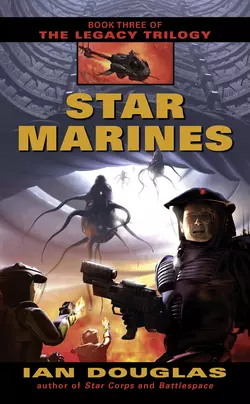Star Marines

Ian Douglas
Тип: электронная книга
Жанр: Современная зарубежная литература
Язык: на английском языке
Стоимость: 150.68 ₽
Статус: В продаже
Издательство: HarperCollins
Дата публикации: 16.04.2024
Отзывы: Пока нет Добавить отзыв
О книге: The ultimate battle is about to be waged in a war that will alter the universe forever . . .With the planet′s fighting men and women deployed across the galaxy—battling in the noble cause of enslaved humanity—the insidious Xul have reached across space to devastate the unsuspecting Earth with asteroid fire. Without warning, a once majestic world is reduced to near-rubble—and the very future of humankind is in dire jeopardy.Interplanetary leaders are on the brink of abandoning Earth and its colonies to an overwhelming enemy. But Brigadier General Garroway of the Marine Interstellar Expeditionary Unit is unwilling to concede defeat—not as long as there′s a single marine willing to give his or her life in defense of their embattled homeworld.